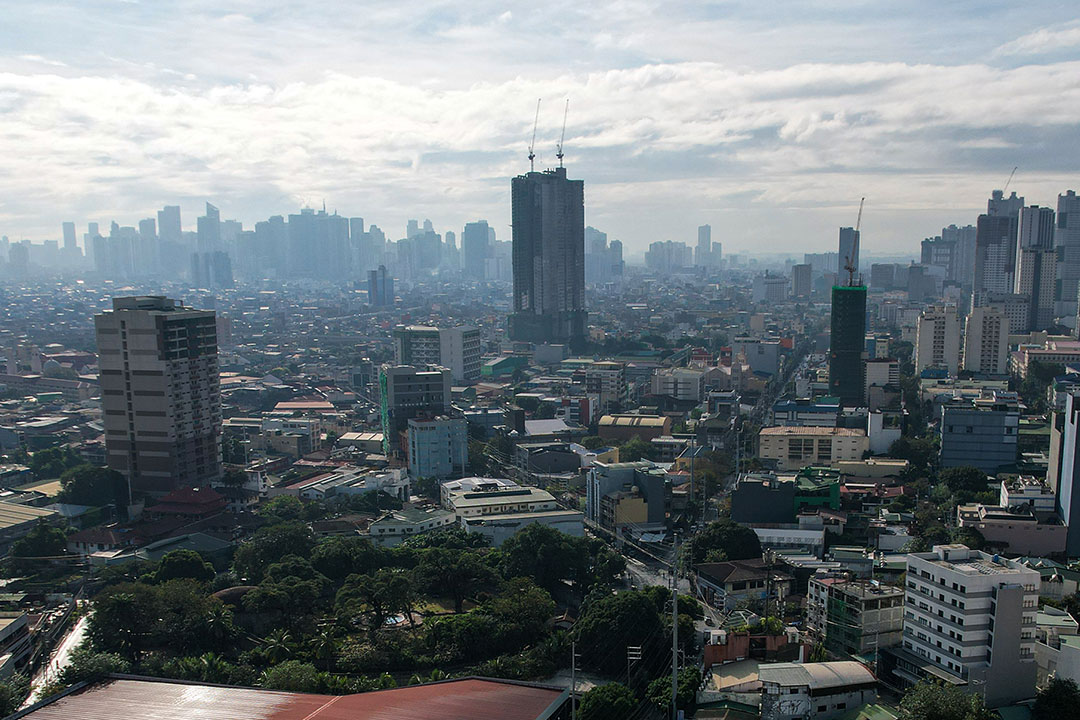
Upgrade to High-Speed Internet for only ₱1499/month!
Enjoy up to 100 Mbps fiber broadband, perfect for browsing, streaming, and gaming.
Visit Suniway.ph to learn
Keisha Ta-Asan - The Philippine Star
June 23, 2025 | 12:00am
Office towers, residential condos and commercial complexes make up a panorama of the Ortigas Center skyline.
Lowest In 6 Years
MANILA, Philippines — The banking industry’s exposure to the volatile real estate sector dipped to 19.4 percent of total loans in the first quarter, marking the lowest level in six years, following the implementation of prudent measures to manage risks in the property sector.
Data from the Bangko Sentral ng Pilipinas (BSP) showed that banks’ real estate exposure fell from 19.8 percent in end-December 2024. It marked the lowest level in six years or since the 19.2 percent as of March 2019.
Investments and loans extended by the industry to the property sector stood at P3.34 in end-March, 8.1 percent higher than the P3.09 seen a year ago.
Lending rose by 9.2 percent to P2.97 trillion in end-March from P2.72 trillion in the same period last year. Commercial real estate loans went up by 5.2 percent to P1.83 trillion, while residential real estate loans grew by 10.8 percent to P1.13 trillion.
Past due real estate loans increased by 9.3 percent to P149.52 billion. This came after past due commercial real estate loans edged lower by 2.6 percent to P41.9 billion, while past due residential real estate loans grew by 14.7 percent to P107.62 billion.
The gross non-performing loans (NPLs) of banks from the real estate sector stood at P111.27 billion as of end-March, 0.4 percent higher than the P110.79 billion in the comparable year-ago period.
Despite the increase, the gross NPL real estate ratio went down to 3.75 percent from 4.07 percent a year ago.
Meanwhile, real estate investments in debt and equity securities slipped by 1.9 percent to P372.4 billion from P379.45 billion the previous year.
To ensure that banks’ exposure to the property sector remains manageable, the BSP continues to maintain prudential measures, including the real estate limit.
These measures also include the heightened surveillance of banks’ real estate and project finance exposures, and the real estate stress test thresholds for universal and commercial banks as well as thrift banks.
The BSP earlier reported that the Residential Real Estate Price Index increased by 6.7 percent to 172.6 in the fourth quarter of 2024 from 167.7 in the same quarter a year ago, marking a turnaround from the 2.3-percentdecline recorded in the third quarter of 2024.

 2 days ago
2
2 days ago
2



